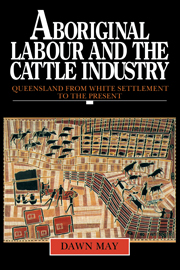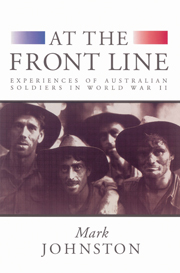Outback Ghettos
Up until the 1970s, a large proportion of Aboriginal people in Australia had some experience in institutions as part of government assimilation and protection policies. By focusing on three communities in South Australia, this book attempts to understand the consequences of this institutionalization for Aborigines and Australian society in general. Peggy Brock uses the word "ghetto" to evoke the nature of the missions in which many Aboriginal people settled for generations, as ghettos both oppress and nurture. The book shows that Aboriginal people often chose to live in the missions as part of creative strategies to ensure their own survival. This constructive and insightful study should become a central text in Aboriginal Studies and Australian history.
- Peggy Brock is well known in the field
- Jargon free - very readable
Reviews & endorsements
"This book is an impressive contribution to the burgeoning field in Aboriginal history that tries to track the formation and impact of missions and reserves on the Aboriginal peoples of Australia." American Historical Review
Product details
January 1998Paperback
9780521447089
192 pages
244 × 170 × 10 mm
0.32kg
Available
Table of Contents
- 1. Introduction
- 2. Legislation and policy: the context of outback ghettos
- 3. Poonindie, home away from 'country'
- 4. An established community and its destruction
- 5. Koonibba, a refuge for west coast people
- 6. Institutional upheaval and adjustment
- 7. Dispersal and the end of the mission era
- 8. Adnyamathanha: survival without institutionalisation
- 9. Nepabunna mission
- 10. The ghetto experience and survival
- Bibliography
- Index.






